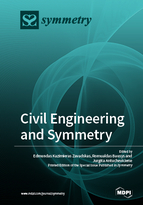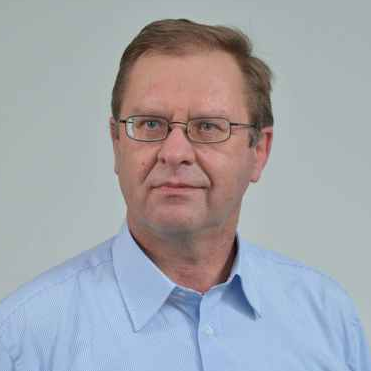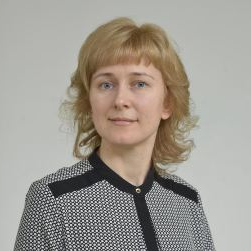Civil Engineering and Symmetry
A special issue of Symmetry (ISSN 2073-8994). This special issue belongs to the section "Computer".
Deadline for manuscript submissions: closed (31 January 2018) | Viewed by 64395
Special Issue Editors
Interests: operations research; optimization and decision analysis; multicriteria decision making; multiattribute decision making (MADM); decision support systems; civil engineering; energy; sustainable development; fuzzy sets theory; fuzzy multicriteria decision making; sustainability; management; game theory and economical computing knowledge management
Special Issues, Collections and Topics in MDPI journals
Interests: computational mathematics; image analysis; multicriteria decision making: algorithms and applications
Interests: multi-criteria decision-making (MCDM); multiattribute decision making (MADM); operations research; decision support systems; multiple-criteria optimization in construction technology and management; decision making under uncertainty; fuzzy sets theory; civil engineering; sustainable development; sustainable construction; investments; knowledge management
Special Issues, Collections and Topics in MDPI journals
Special Issue Information
Dear Colleagues,
The topic of utmost importance in civil engineering is optimal solutions throughout the life cycle of the buildings, roads, bridges and other infrastructure objects. Operational research, management science, optimization methods provide a consistent and applicable groundwork for engineering decision making. Traditionally, decision makers need to take into account not a single criterion, but several different criteria, therefore multi-criteria decision making (MCDM) approaches are usually applied. MCDM methods cover two branches: multi objective decision making (MODM) techniques and multi attribute decision making (MADM) approaches. Articles are welcome on this issue, where solutions in civil engineering that bring economic, social and environmental benefits are offered through a variety of methodologies and tools (e.g., information technologies, optimization methods, operational research and management science, multi-criteria decision-making methods).
Prof. Dr. Edmundas Kazimieras Zavadskas
Prof. Dr. Romualdas Bausys
Prof. Dr. Jurgita Antuchevičienė
Guest Editors
Manuscript Submission Information
Manuscripts should be submitted online at www.mdpi.com by registering and logging in to this website. Once you are registered, click here to go to the submission form. Manuscripts can be submitted until the deadline. All submissions that pass pre-check are peer-reviewed. Accepted papers will be published continuously in the journal (as soon as accepted) and will be listed together on the special issue website. Research articles, review articles as well as short communications are invited. For planned papers, a title and short abstract (about 100 words) can be sent to the Editorial Office for announcement on this website.
Submitted manuscripts should not have been published previously, nor be under consideration for publication elsewhere (except conference proceedings papers). All manuscripts are thoroughly refereed through a single-blind peer-review process. A guide for authors and other relevant information for submission of manuscripts is available on the Instructions for Authors page. Symmetry is an international peer-reviewed open access monthly journal published by MDPI.
Please visit the Instructions for Authors page before submitting a manuscript. The Article Processing Charge (APC) for publication in this open access journal is 2400 CHF (Swiss Francs). Submitted papers should be well formatted and use good English. Authors may use MDPI's English editing service prior to publication or during author revisions.
Keywords
- Design in civil engineering
- Buildings, materials and structures
- Infrastructure objects
- Roads and bridges
- Maintenance technologies
- Operational research and management science
- Information technologies
- Optimization methods
- Multiple criteria decision making








